Coping with canine allergies is no fun. Your poor pup can experience anything from GI upset to horrible itching. And if you’re faced with a potential food allergy, things get more complicated. When you start making a list of everything in their treats, chews, dental care tools, and flavored toys, the list gets ENDLESS. How do you know what’s causing the problem? You can try switching them to one of the limited ingredient dog foods on the shelf. But if you don’t understand everything involved in those foods, you may swap one problem for another. That’s why we’re going to explain exactly what limited ingredient diets (LID) mean – and what you need to watch out for.
Limited Ingredient Diets
While allergies in dogs DO happen, food allergies aren’t as common as some people think. Only around 15% of dogs with allergies have problems with food. Originally, LID foods belonged strictly to the realm of prescription diets. Expensive, owners didn’t want to go that route. So dog food companies latched onto the idea. And the concept of limited ingredient dog foods was born.
Since then, limited ingredient dog foods have become a craze. And while the term sounds impressive, it’s NOT regulated. There isn’t a team of veterinarians or nutritionists overseeing the production of these foods. And while many display the Association of American Feed Control Officials (AAFCO) label, that’s standard for quality pet foods. It doesn’t mean the LID is special.
And that’s where the trouble starts.
The Truth
At the core, a limited ingredient dog food is a diet with one protein and one carbohydrate. By focusing on a “limited” list of components, the intent is to figure out where your dog’s food allergies may be coming from. They don’t use a lengthy list of ingredients you may see with other dog foods on the market.
And that’s all there is to it. It’s NOT guaranteed to be healthier for your dog. Fewer ingredients do NOT equate to better. And depending on WHAT they’ve put in the food, you may end up placing your dog in harm’s way.
The idea that “less is more” is an illusion.
And since no one’s regulating limited ingredient dog foods, they get away with sneaking in extras. In 2018, a study found plenty of LID foods contained ingredients NOT shown on the label.
Limited Ingredient Dog Foods: The Protein Problem
People turn to limited ingredient dog foods out of concerns for food allergies. And protein sources are usually the biggest culprit.
This is why veterinarians prescribe hydrolyzed diets. When proteins get hydrolyzed, they’re broken down into amino acids. At that point, they’re considered too small for the dog’s body to recognize and attack them as an allergen. But elimination diet trials are complicated. And they’re LONG to conduct. So people don’t like them.
It’s much easier to go to the store and buy a limited ingredient dog food. Especially if the label says it includes a novel protein. And that IS how prescription LID foods got their start. But there’s a problem.
Novel No More
The most common proteins used in limited ingredient dog foods include:
- Alligator
- Bison
- Chicken
- Duck
- Fish
- Kangaroo
- Lamb
- Pork
- Rabbit
- Turkey
- Venison
Do they sound familiar? They should. These proteins appear in dog foods ALL the time. They weren’t common a couple of decades ago. And that made them novel and unique. But now? Plenty of dogs have been exposed to them.
And a protein your dog’s body has encountered isn’t novel. So if you’re worried about an allergy, that diet won’t work. It’s one of the biggest frustrations in the veterinary world. The proteins they relied on for prescription diets don’t work anymore.
Even worse, though, the companies creating limited ingredient dog foods don’t know how to use the proteins. They don’t keep nutritionists on their staff. And then they mix the proteins with strange ingredients. It’s a recipe for disaster.
Limited Ingredient Dog Foods: Carbohydrate Catastrophe
Despite the fact dogs rarely show an allergy to grains, limited ingredient dog foods label them the enemy. In reality, wheat is the biggest offender in the carbohydrate allergy category. And plenty of dog foods omit wheat. But, outside of prescription diets, limited ingredient dog foods have declared grains evil.
And in their place, they created a new evil.
Grain-Free Nightmare
Limited ingredient diets are NOT the same thing as grain-free diets. However, in their choices of carbohydrates, they’ve become grain-free:
- Brown rice
- Lentils
- Oatmeal
- Peas
- Potatoes
- Rice
- Sweet Potatoes
Except for the rice and oatmeal, those ingredients are all on the FDA’s suspected list. In choosing to pick up one of these LID foods, you may put your dog at risk for dilated cardiomyopathy (DCM). It’s a rock and hard place. You don’t want your dog to itch and feel miserable. But potentially ending up with a horrible cardiac disease? You don’t want that, either.
Making the Best Limited Ingredient Dog Food Choice
Coming from a veterinary background – and working in Cardiology when the FDA broke the connection on grain-free diets – this was a difficult post to write. Because all of the diets listed here? They’re grain-free. They ALL have suspect ingredients. And it breaks my heart to recommend them. Because I’ve seen what some of them did to dogs under my care.
If you feel your dog has food allergies, talk to your vet. While allergy testing doesn’t work in that situation, your vet can still help. And prescription LID foods? They’re safe. They’re created by teams of veterinarians and board-certified veterinary nutritionists. While you WILL pay more, it will cost less than a diagnosis of DCM.
The Best Limited Ingredient Dog Foods
Elimination dog food trials with hydrolyzed diets can drive owners up the wall. They last for up to four months. And you have to remove EVERYTHING else from your dog’s diet. Limited ingredient dog foods are easier for most people to handle. But you need to proceed with caution. The label may not reveal the entire story. And a short label? It doesn’t tell you you’re getting quality. It’s important to do as much research as you can. And ALWAYS talk to your vet.
If you offer your dog an LID food, especially one with lentils, peas, legumes, or potatoes, take care. Have your vet listen for ANY changes in their heart. Watch for changes in their activity level, especially if they collapse or lose energy. At the first sign of worry, get in for a check ASAP. And make sure you know where your nearest Cardiologist is located.
Blue Buffalo offers four different protein sources for you to choose from: duck, lamb, salmon, and turkey. They avoid the concerning allergens of corn, wheat, soy, egg, and dairy. And they make sure you get their “Lifesource Bits,” which include antioxidants and glucosamine. Your dog also gets a nice boost of omega-3 and -6 fatty acids, so they’ll have sleek skin and hair. With four different bag sizes to choose from, it’ll work for any pup.
Downside? Every flavor comes packed with potatoes and peas – LOTS of peas (starch, fiber, and whole peas).
The Good
- Includes antioxidants, omegas, and glucosamine
- Available in 4 proteins
- Available in 4 sizes
- Protein 20%
The Bad
- Contains potatoes and peas
With TEN flavors to choose from, Canidae even manages to throw in two additional proteins: goat and wild boar. And they promise to only include eight ingredients in every bag (well, ten if you include the protein sources). They skip on the corn, soy, and wheat, but they make sure they add in plenty of omegas (at least with the salmon). You also get antioxidants and probiotics to keep your pup as healthy as possible.
The downsides? While the ingredient number sounds nice, it’s higher when you count them up and include the preservatives. And if you want to try the goat, it comes with lamb and venison, so you’re not going to get a unique protein there. And the suspect ingredients…it has ALL of them: lentils, peas, potatoes, and legumes! Proceed with caution, especially at that price. And with a protein level of 32%, it’s excessive. Adult dogs need a range of 18-25%; anything higher is too much for a grown dog.
The Good
- Includes omegas, antibiotics, and probiotics
- Available in 10 flavors
- Available in 5 sizes
The Bad
- Expensive
- Contains lentils, peas, potatoes, sweet potatoes, and legumes
- Some mixing of proteins
- Protein 32%
Diamond narrows its proteins to three: beef, chicken, and whitefish. Then they add helpful superfoods to the mixture, like blueberries, to make sure your dog gets all of the antioxidant support they need. They also use probiotics to aid with the digestion process, and you get omegas for healthy skin. It’s a nice blend that results in a healthy dog who looks and feels good.
So what’s the downside? Strictly speaking, this isn’t a limited ingredient dog food. And when you scan the label, you’ll see additional proteins on the list. (The whitefish DOES only contain fish, though) And when it comes to carbohydrates, it has them all: peas, lentils, and potatoes.
The Good
- Includes omegas, antibiotics, and probiotics
- Available in 3 flavors
- Available in 3 sizes
- Protein 24%
The Bad
- Contains lentils, peas, potatoes, and sweet potatoes
- Some mixing of proteins
Excessive ingredients are a concern for owners looking at limited ingredient dog foods. But they also worry about quality. And that’s where Honest Kitchen comes in. All of their ingredients come with a human-grade certification, with no GMO worries. And you also don’t need to worry about corn, wheat, or soy. They offer five different proteins, and three DON’T contain suspect ingredients! You mix in water, and you get a tasty dog food that may taste better than what YOU had for dinner.
Downsides? This is a pricier limited ingredient dog food. You also have to do a little more than dump it straight into the bowl. But it’s the only option I found where only two flavors had chickpeas or sweet potatoes.
The Good
- Includes superfood ingredients
- Available in 5 flavors
- Available in 4 sizes
- Protein 25%
The Bad
- Expensive
- 2 flavors contain chickpeas or sweet potatoes
- Requires rehydration
Natural Balance is one of the best-known limited ingredient dog foods. Concentrating on one protein source, they give you seven to choose from. It’s a minimal list that focuses on one protein and one carbohydrate to help you zero in on your dog’s allergies. Of course, you’ll still get vitamins and minerals in the mix.
The downsides? They do add pea protein into their sweet potatoes – and there’s potato protein in here, too. They’re also an expensive option, considering the minimal ingredient list and lack of antioxidants or superfoods you get with some of the other limited ingredient dog foods.
The Good
- Available in 7 proteins
- Available in 7 sizes
- Protein 20%
The Bad
- Expensive
- Contains pea protein, potato protein, and sweet potatoes
Similar to Canidae, Nutro uses a claim of ten ingredients or less with their limited ingredient dog foods. They offer four protein sources for your pup to choose from (and if you want lamb, you can select from small bites or a large breed formula). You won’t see any corn, wheat, soy, or dairy on that ingredient label, but you will see sunflower and canola oils for a boost of omegas.
So what are the downsides? You get pretty much every suspect ingredient on the list: chickpeas, potatoes, sweet potatoes, and lentils. That’s a TON of fillers your dog doesn’t need. This is also another LID food where, when you count up the extras, you come out over ten.
The Good
- Includes omegas
- Available in 4 proteins
- Available in 2 sizes
- Protein 22%
The Bad
- Expensive
- Contains chickpeas, potatoes, sweet potatoes, and lentils
Depending on your flavor choice with Rachel Ray, you can get away from those suspect ingredients. You have two proteins to choose from (lamb and turkey), and the lamb avoids all peas, potatoes, and legumes. It’s a better limited ingredient dog foods option. Of course, there ARE more than six ingredients on the label, but that’s to be expected at this point. You’ll get vitamins and minerals in the mix, and that’s what your dog needs.
Downsides? Reading labels counts. And when you skim the ingredients, you’ll see chicken and pork pop up. So you ARE going to mix proteins. And if you choose the turkey flavor, you’ll find peas on the list. They’re not expensive (compared to some of the others), but there are some trade-offs.
The Good
- Available in 2 proteins
- Available in 6 sizes
- Protein 20%
The Bad
- Some mixing of proteins
- Turkey flavor contains peas
Zignature offers the largest variety of proteins: TWELVE, including goat, guinea fowl, and kangaroo. They skip out on corn, wheat, gluten, soy, and dairy. And when Zignature was hit with the results of the FDA’s results (they were the second-worst offenders), they took potatoes out of the ingredients. You get canola and sunflower oils for a boost of omegas. And they DO stick to that single protein source, important for owners looking at limited ingredient dog foods.
The downsides? The potatoes are gone, but the chickpeas and peas are still there. So odds are Zignature isn’t leaving the watch of the FDA any time soon. And while you DO get plenty of protein sources, the company hasn’t added nutritionists to the staff. And that’s part of what landed them in trouble in the first place since they don’t know how to use their proteins. It’s a risk you may not want to take.
The Good
- Includes omegas
- Available in 12 proteins
- Available in 4 sizes
The Bad
- Second-worst offender on FDA list
- Contains chickpeas and peas
- Protein 28%
Limited Options
No one wants their dog to suffer from allergies. But with no one regulating limited ingredient dog foods, you may get more than you bargain for. Too many companies have cut out grains for dangerous alternatives. And you don’t want to trade a food allergy for a heart condition.
Talking with your vet is your best course of action. They can make a safe recommendation. It will likely be a prescription diet. And while that’s frustrating, it will keep your dog from developing complications down the road.

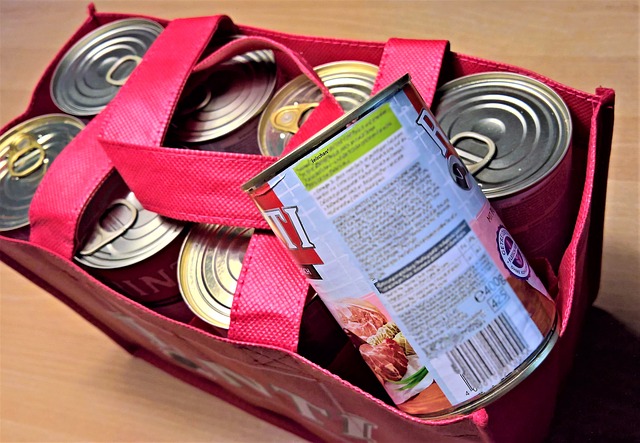
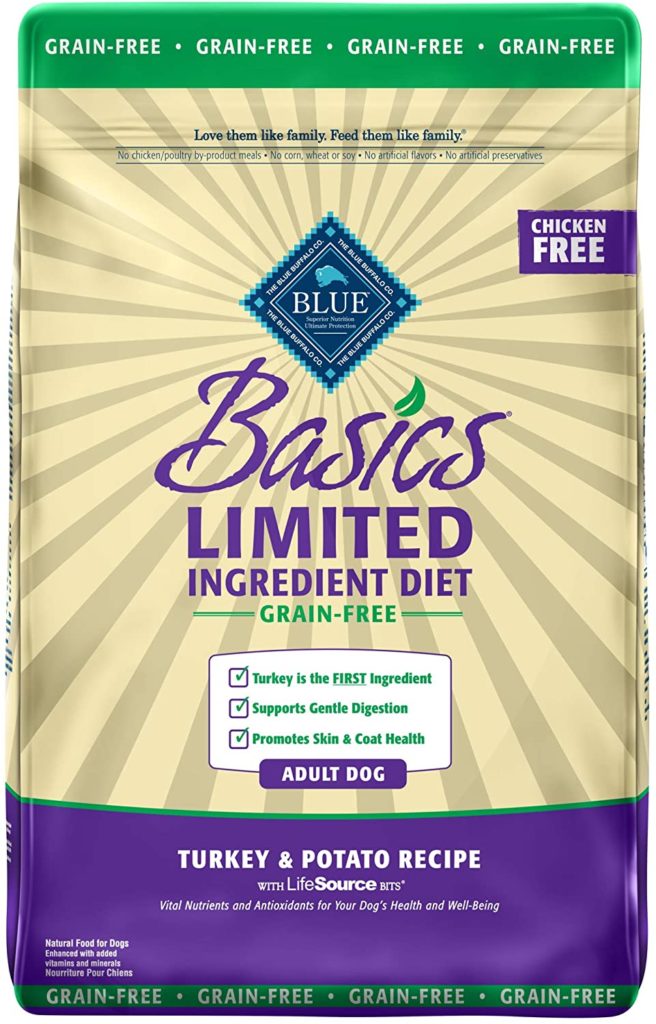
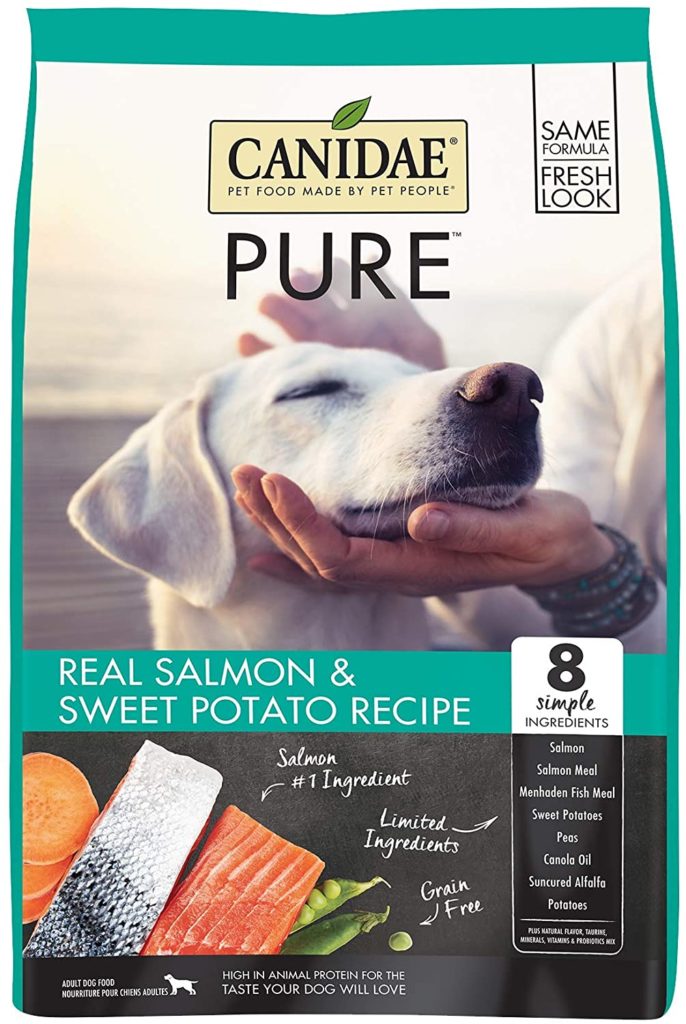
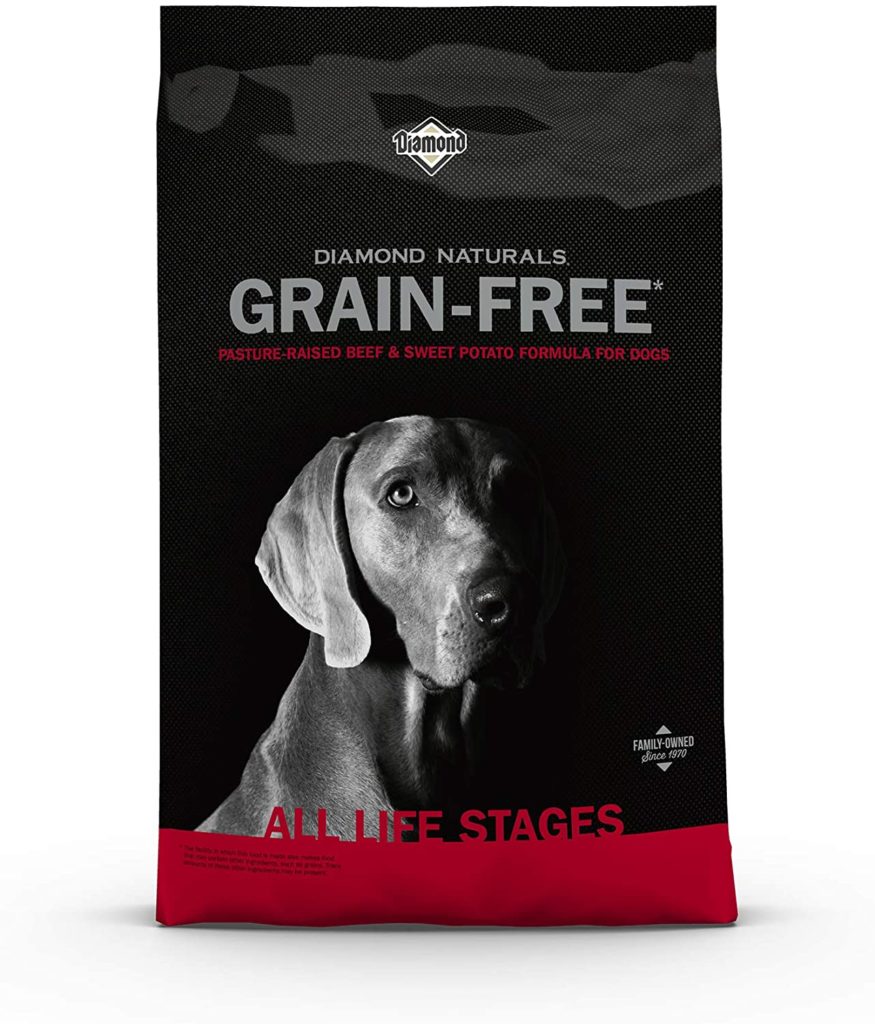
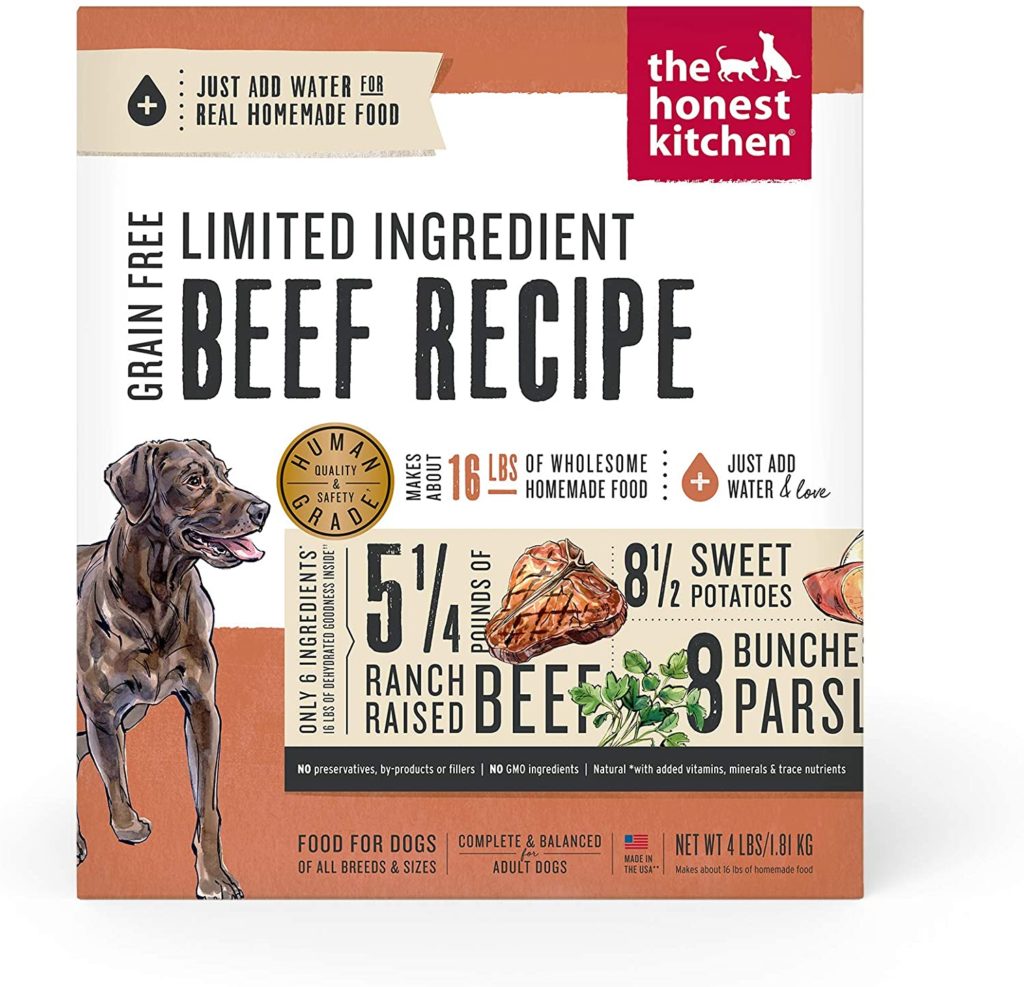
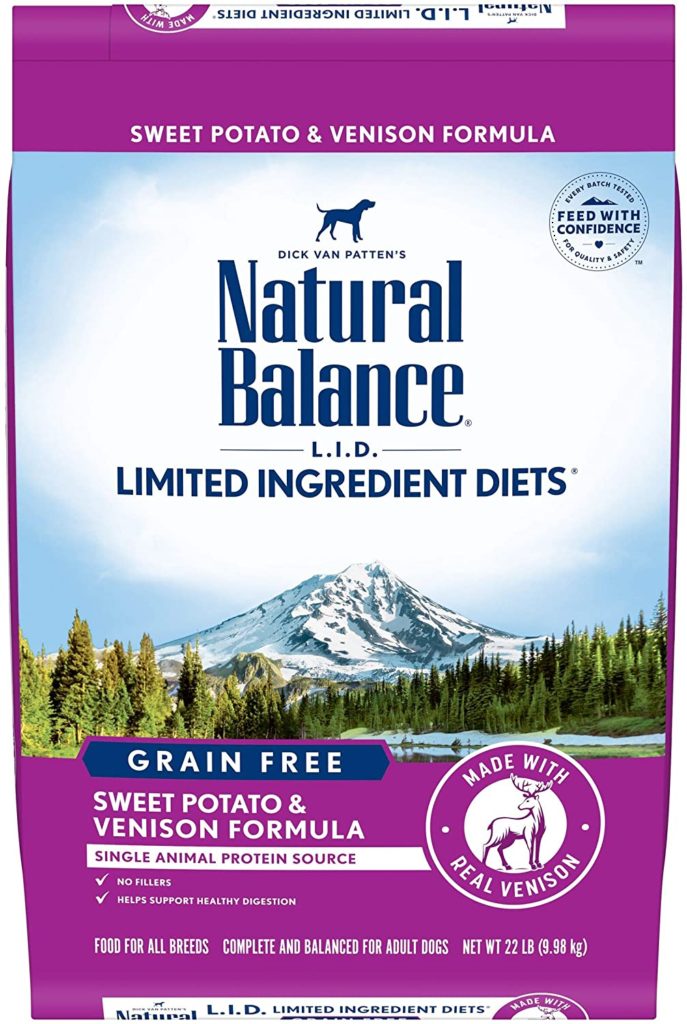
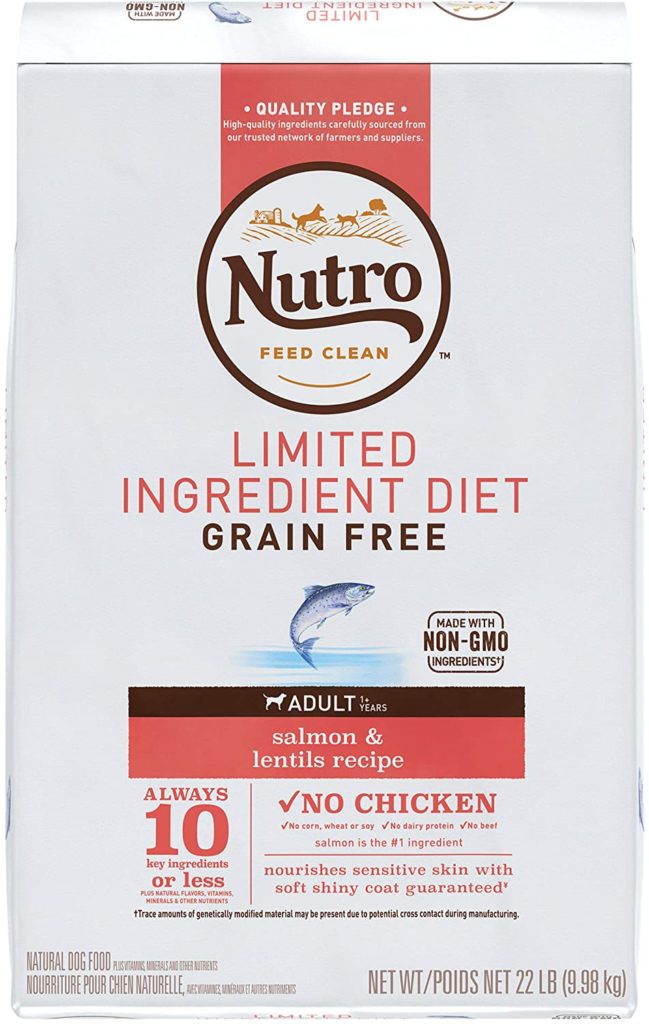
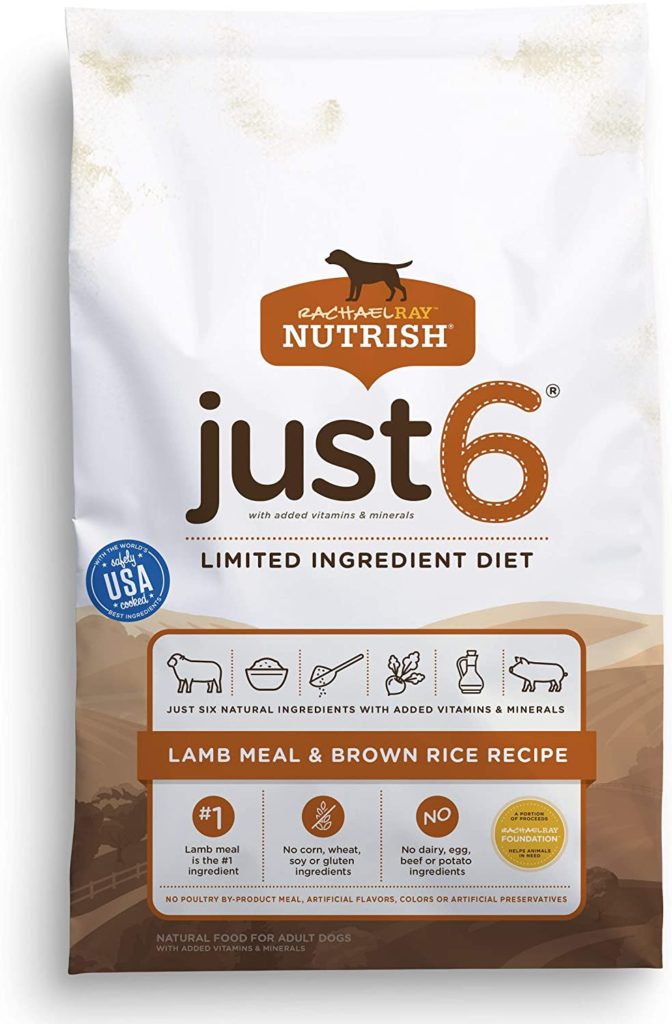
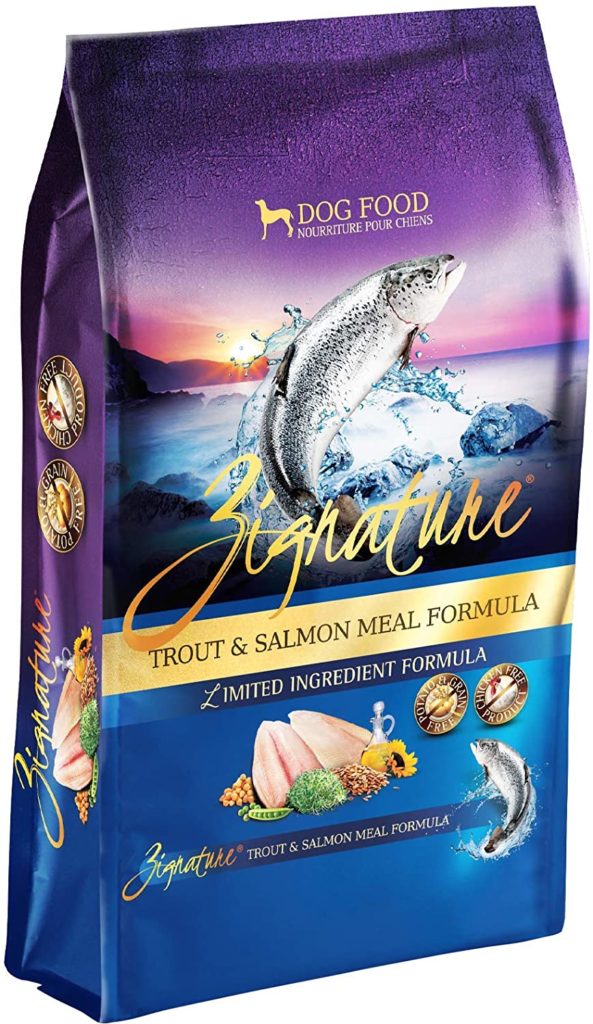


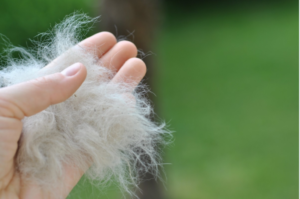

No comment yet, add your voice below!